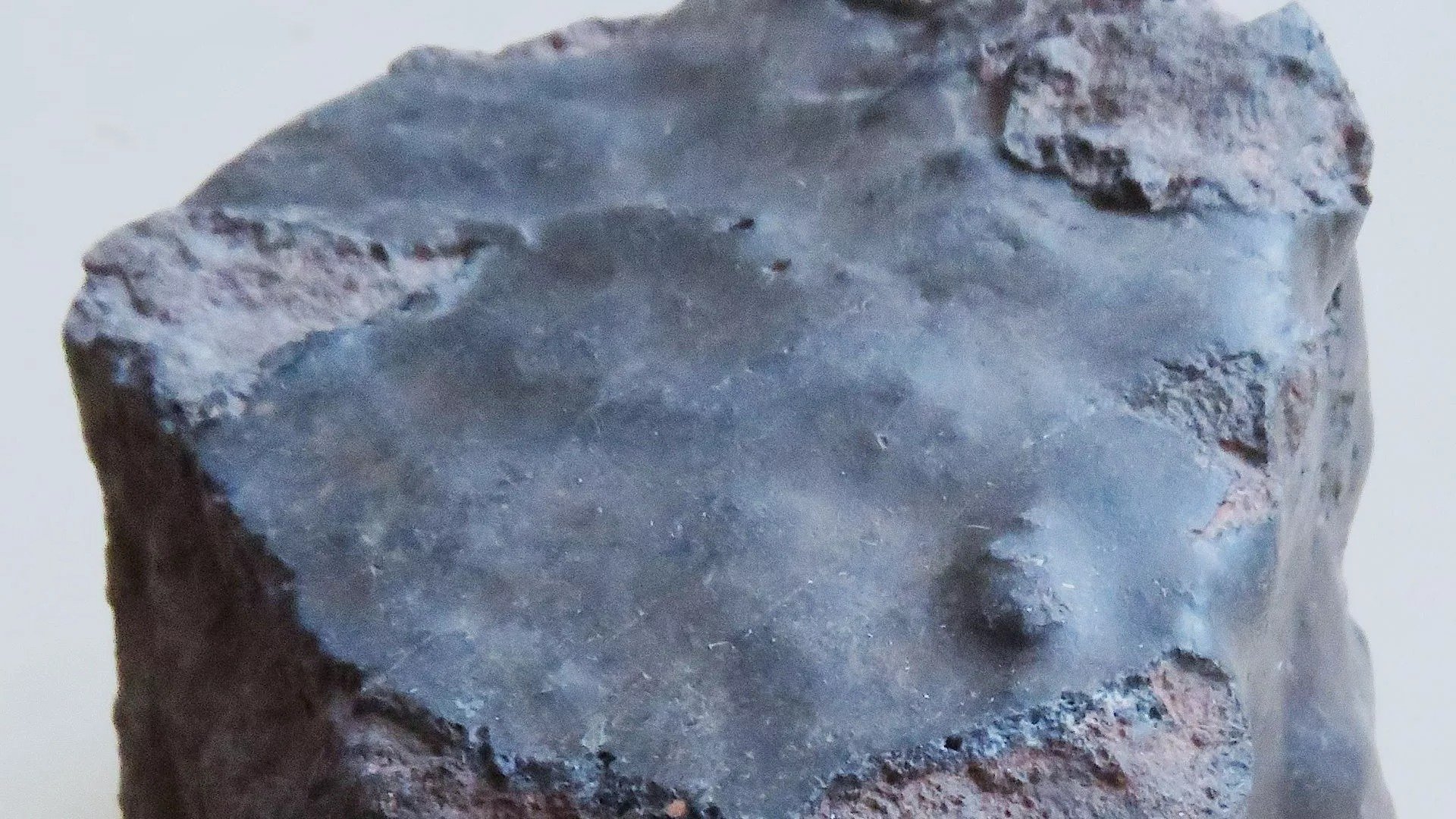Mystery Rock Found In The Sahara Desert Could Be The World's First "Boomerang Meteorite""
Scientists at Aix-Marseille University in France believe they have found the first-known "boomerang meteorite." They think the Earth rock got tossed into space, where it spent thousands of years before returning home. Scientists at Aix-Marseille University in France believe they have found the first-known "boomerang meteorite" in the Sahara Desert. The rock was initially thought to be an ordinary meteorite, but it has characteristics on Earth and Space rocks. It is thought to have been thrown out of the Earth's atmosphere when a giant asteroid slammed into our planet, and traces of isotopes suggest it had been drifting through space for at least 10,000 years before falling to Earth. The researchers are also trying to find evidence of a giant impact crater on Earth where it might have come from. However, not all scientists are convinced the rock is a "boomersite" and more research needs to be done before making such claims.

Diterbitkan : 2 tahun lalu oleh Shariqua Ahmed di dalam Science
Scientists at Aix-Marseille University in France believe they have found the first-known "boomerang meteorite." They think the Earth rock got tossed into space, where it spent thousands of years before returning home.
Meteorite hunters found the dark reddish-brown stone in the Sahara Desert in 2018. Nicknamed "Northwest Africa (NWA) 13188," it was initially presumed to be an ordinary meteorite. However, an analysis by Jérôme Gattacceca and his team indicated that it had characteristics on Earth and Space rocks.
NWA 13188's composition was similar to the volcanic stones found on Earth. However, its "fusion crust" is usually reserved for meteorites. When space rocks encounter the Earth's atmosphere, the air around them gets very hot. This causes the rock's outer layer to melt, creating this so-called "fusion crust."
The rock also has traces of isotopes. Their presence indicates it was exposed to cosmic rays — high-energy particles from space. The level of isotopes suggests the stone had been drifting through space for at least 10,000 years before falling to Earth.
The researchers have two theories about how the rock may have reached space. It could have been thrown out by a massive volcano eruption. The other, more plausible, explanation is that the rock flew out of the Earth's atmosphere when a giant asteroid slammed into our planet.
Gattacceca's team presented their findings at a geochemistry conference in France on July 11, 2023. They intend to conduct further analysis to determine the exact age of the rock. They are also trying to find evidence of a giant impact crater on Earth where it might have come from.
But not all scientists are convinced the rock is a "boomerang meteorite." Ludovic Ferrière, a meteorite expert at the Natural History Museum Vienna in Austria, believes more research needs to be done before "making extraordinary claims."
Frank Brenker, a geologist at the Goethe University Frankfurt in Germany, thinks NWA 13188 could also have come from another part of the solar system. The expert told Space.com, "I think there is no doubt that this is a meteorite. It is just a matter of debate if it is really from Earth."
Interestingly, this is not the first time scientists have found a rock from Earth in outer space. A stone found during the 1971 Apollo 14 mission to the Moon had mineral fragments that probably came from Earth. The researchers speculated it may have been ejected to the Moon when the satellite was much closer to our planet billions of years ago.
